
BOOKS - NATURAL SCIENCES - Handbook of Mathematical Geodesy Functional Analytic and P...

Handbook of Mathematical Geodesy Functional Analytic and Potential Theoretic Methods
Author: Willi Freeden, M. Zuhair Nashed
Year: 2018
Pages: XIV, 932
Format: PDF
File size: 52,3 MB
Language: ENG

Year: 2018
Pages: XIV, 932
Format: PDF
File size: 52,3 MB
Language: ENG

''












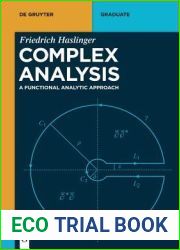



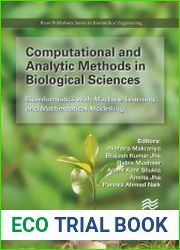
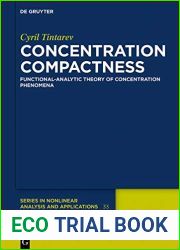
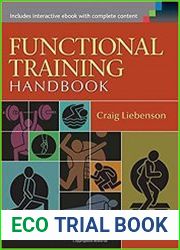

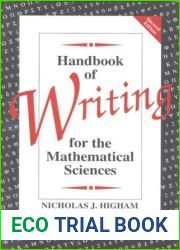


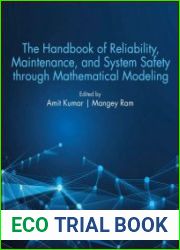


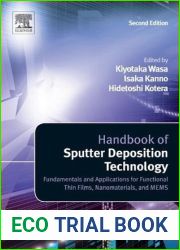
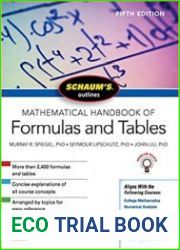
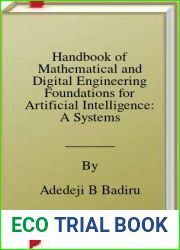
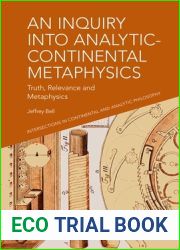
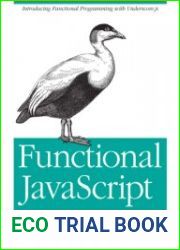

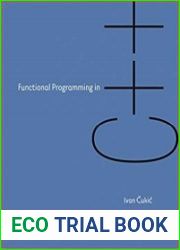
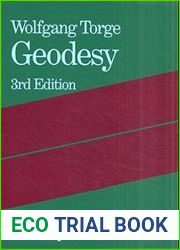
![Getting One|s Words into Line: On Word Order and Functional Grammar (Functional Grammar Series [FGS], 5) Getting One|s Words into Line: On Word Order and Functional Grammar (Functional Grammar Series [FGS], 5)](https://myecobook.life/img/6/607129_oc.jpg)
![Syntax and Pragmatics in Functional Grammar (Functional Grammar Series [FGS], 1) (German Edition) Syntax and Pragmatics in Functional Grammar (Functional Grammar Series [FGS], 1) (German Edition)](https://myecobook.life/img/5/597311_oc.jpg)
![Pragmatic Functions in a Functional Grammar of Arabic (Functional Grammar Series [FGS], 8) Pragmatic Functions in a Functional Grammar of Arabic (Functional Grammar Series [FGS], 8)](https://myecobook.life/img/6/622312_oc.jpg)
![The Theory of Functional Grammar (Functional Grammar Series [FGS], 20 21) (German Edition) The Theory of Functional Grammar (Functional Grammar Series [FGS], 20 21) (German Edition)](https://myecobook.life/img/5/599832_oc.jpg)
![New Perspectives on Argument Structure in Functional Grammar (Functional Grammar Series [FGS], 25) New Perspectives on Argument Structure in Functional Grammar (Functional Grammar Series [FGS], 25)](https://myecobook.life/img/6/616586_oc.jpg)
![Verbal Periphrases in a Functional Grammar of Spanish (Functional Grammar Series [Fgs]) Verbal Periphrases in a Functional Grammar of Spanish (Functional Grammar Series [Fgs])](https://myecobook.life/img/5/598559_oc.jpg)
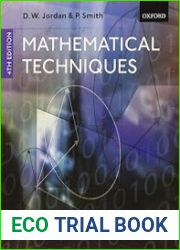
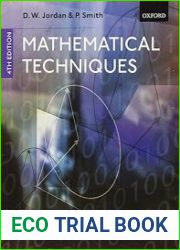
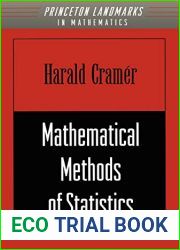
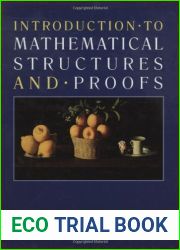
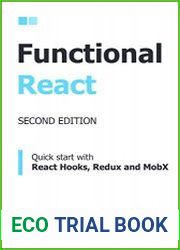
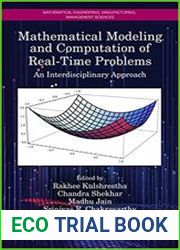
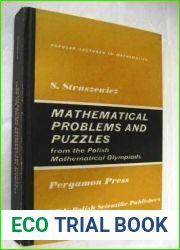
![Discourse and Pragmatics in Functional Grammar (Functional Grammar Series [Fgs]) Discourse and Pragmatics in Functional Grammar (Functional Grammar Series [Fgs])](https://myecobook.life/img/6/606096_oc.jpg)
![English existentials in functional grammar (Functional Grammar Series [FGS], 3) English existentials in functional grammar (Functional Grammar Series [FGS], 3)](https://myecobook.life/img/6/620785_oc.jpg)